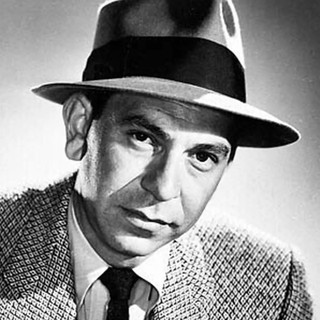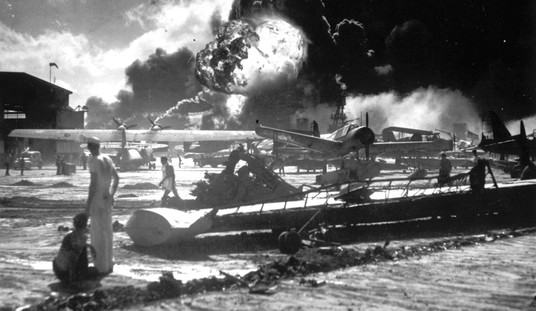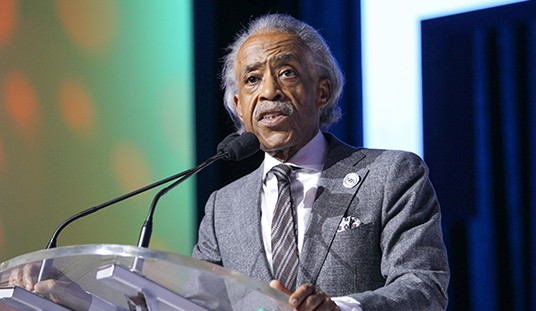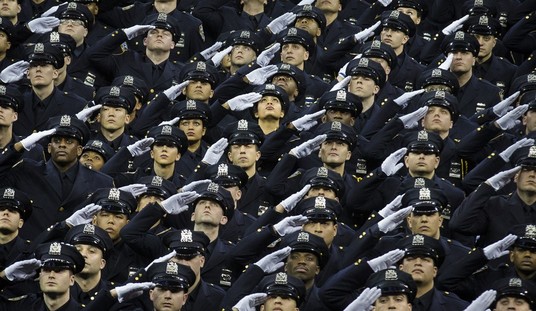It doesn’t take much for a police officer to achieve infamy today. Such is the media’s thirst for outrage at perceived police misconduct that an officer need not shoot or beat anyone to satisfy it, nor must he curse or even raise his voice with a camera nearby. The mere act of pointing a gun at someone is now sufficient to thrust an officer into ignominy as the latest Police Villain of the Day on Facebook and YouTube.
Witness the case of an unnamed motorcycle officer in Campbell, Calif., a small city in Silicon Valley. The officer stopped a woman for speeding on Highway 101, and when her male passenger unaccountably began reaching under his seat, the officer drew his weapon and held the couple at gunpoint until backup officers arrived. A discomfiting experience for the couple, no doubt, but hardly worthy of national media attention.
Or it wouldn’t have been in the not-too-distant past. But as it happened, the woman driver captured the events on her cellphone camera, and her companion posted the video to Facebook, where it has been viewed almost two million times. And that led to stories from NBC, USA Today, and the Washington Post, among many others.
Perhaps it wasn’t just the act of pointing the weapon that attracted so much attention, but rather the amount of time the officer pointed it. It took nine minutes for additional officers to respond and peacefully resolve the situation, a fact easily explained by the distance those officers had to travel.
But no matter. As there had been no notable police shootings or videotaped beatings to dissect, this incident was deemed sufficiently abhorrent as to warrant outrage.
This outrage, like most of the anti-police rhetoric that has become so common, is misplaced. There was nothing even remotely improper about the officer’s actions, and for anyone willing to examine the facts with an open mind, I will attempt to explain.
As detailed in a statement from the Campbell Police Department, what began as a simple traffic stop for speeding became more complicated when the passenger reached down with no apparent reason for doing so. The officer had already collected the documents necessary for completing a traffic citation, so the passenger’s sudden reaching toward the floor or under the seat was understandably concerning to the officer.
The perils of even a simple traffic stop have long been recognized by the courts. In U.S. v. Holt, the Court of Appeals for the Tenth Circuit summarized those perils thus:
The terrifying truth is that officers face a very real risk of being assaulted with a dangerous weapon each time they stop a vehicle. The officer typically has to leave his vehicle, thereby exposing himself to potential assault by the motorist. The officer approaches the vehicle not knowing who the motorist is or what the motorist’s intentions might be. It is precisely during such an exposed stop that the courts have been willing to give the officers “wide latitude” … to discern the threat the motorist may pose to officer safety.
Though this simple fact was not discussed in any of the reporting I’ve seen on the matter, the officer no doubt strongly suspected (as did every cop who has seen the video) that the passenger was a gang member with a felony record, and therefore presented more of a potential threat than someone else might have. (Yes, sometimes you can just tell these things. I would wager this wasn’t the first time he’s looked down the barrel of a cop’s gun.)
So, yes, the officer pointed a gun at the man for what must have seemed like a very long time, but in doing so he kept his composure and remained professional even as the man seemed to be goading him.
This was – or should have been – a non-story. But for those who find the officer’s behavior unreasonable, the video accompanying the Washington Post story leads directly to one of a police shooting in Las Vegas that helps to explain the Campbell officer’s actions.
The Las Vegas incident began under circumstances nearly as innocuous as those in California. In that incident, two officers responded to a radio call in which a man had tracked his stolen cellphone to a parked pickup truck in which a man was sitting in the driver’s seat. The man, Miguel Salas, refused the officers’ repeated commands that he get out of the truck, and when it appeared the officers were preparing to forcibly remove him, Salas pulled a handgun and opened fire, wounding one officer and hitting the other in his duty belt. After being hit by police gunfire, Salas took his own life.
In comparing the two videos, note that the men have similar demeanors and use similar language in speaking to the officers, questioning them about the need for their actions and deflecting their own responsibility. Neither of the men presents an obvious threat, that is, up to the point when Salas pulls his gun. Until then, his behavior doesn’t differ markedly from that of the man in the traffic stop.
Questioning an officer’s actions has become so common in police encounters as to be expected, and it’s one reason many police officers are becoming more circumspect in using force regardless of how justified that force may be. The Las Vegas officers took several minutes trying to persuade Salas to get out of the truck, even as it became obvious he was hiding something. This reticence might have gotten both officers killed.
Long established case law has held that police officers have wide discretion in removing occupants from cars on traffic stops. An officer may order occupants to stay in the car, or he may order them out, as circumstances may require.
He should, after being satisfied there is no threat to his safety, explain the reasons for his actions, but he is not required to engage in a debate about the propriety of his decision, most certainly not before receiving compliance with his orders.










Join the conversation as a VIP Member